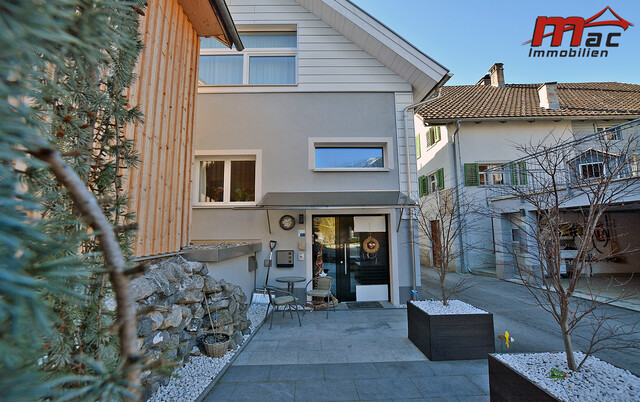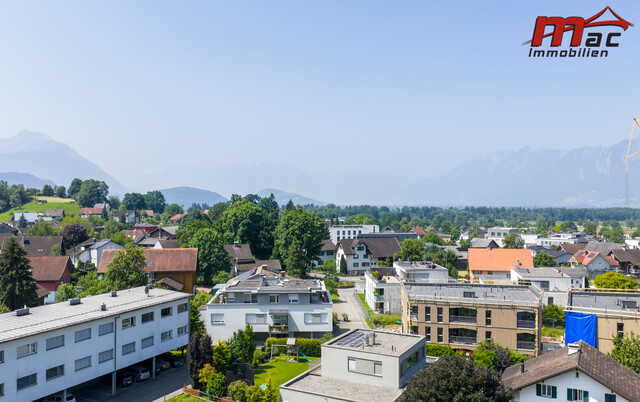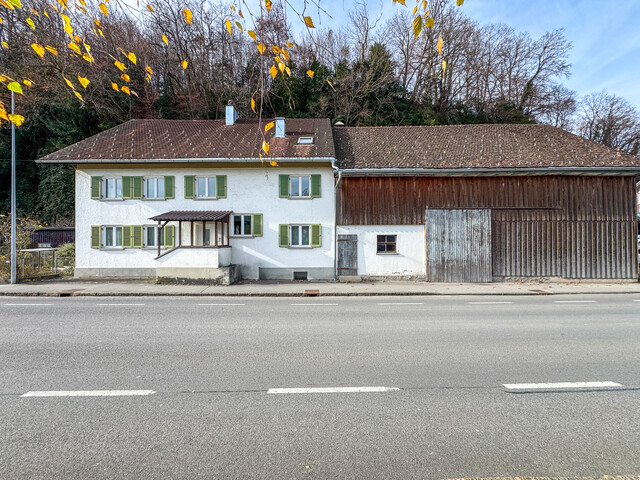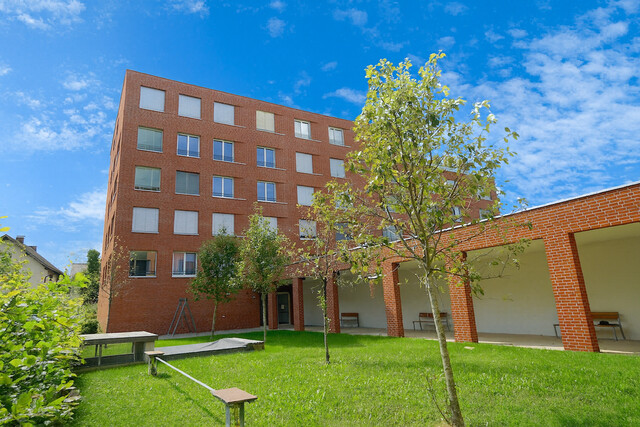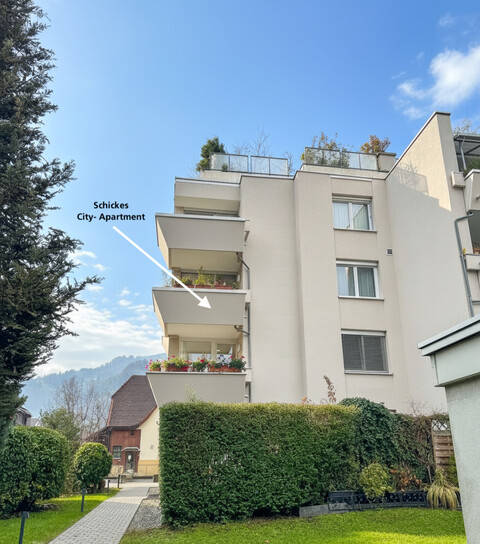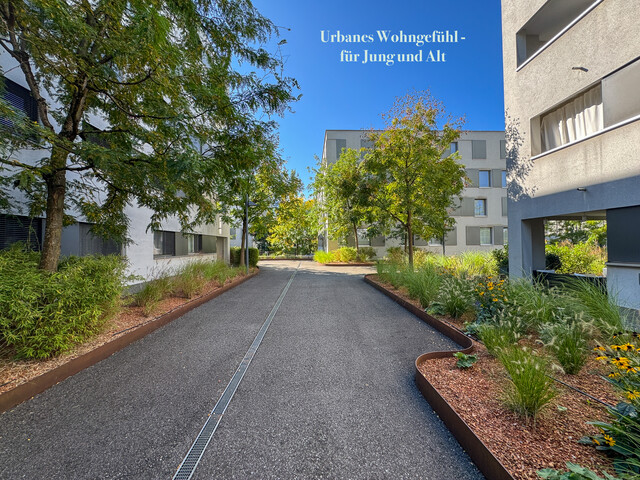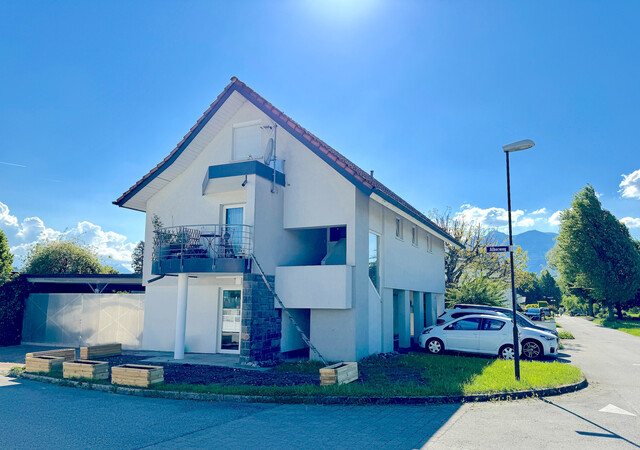Austria Has Dullest July in Over 40 Years Behind It

"In the nationwide evaluation, July 2025 brought 42 percent more precipitation than the long-term average. This made it the wettest July since 2012 and one of the five wettest since 1961," summarized Geosphere climatologist Alexander Orlik.
Less Sun
This led to a drop in sunshine hours, which were 27 percent lower than the long-term average. The cause was identified as the low-pressure systems repeatedly moving over Austria from the west or northwest. The resulting precipitation set a new rain record in Bregenz. In the capital of Vorarlberg, 401 millimeters were recorded, surpassing the July rain record of 394 millimeters in 1955 - about 120 percent more than the long-term average.
Overall, the precipitation-rich weather conditions were particularly pronounced in Vorarlberg, Tyrol, and Salzburg: Here, precipitation fell on an average of 25 days, compared to 18 days in the long-term average. In Vorarlberg, an average rainfall of 341 mm was recorded, in Tyrol 238 mm, and in Salzburg 269 mm, corresponding to a deviation from the climate average of 63, 39, and 46 percent, respectively. However, there was significantly more rain throughout Austria than in an average July.
Fewer Summer Days
The heat only struck at the beginning of the month this year: On July 3, the monthly high was reached at around 130 weather stations. Overall, temperatures fluctuated between warm and cool phases, and in total, July 2025 was roughly in the range of the average of the recent past (climate period 1991 to 2020), with a deviation of minus 0.2 degrees in the lowlands of Austria and minus 0.6 degrees in the mountains. Compared to the climate period 1961 to 1990, July 2025 was even relatively warm, being 1.5 degrees above average in the lowlands and 1.0 degrees in the mountains.
With the lowest number in over ten years, the balance for summer days (at least 25 degrees) was modest, according to Geosphere. Below 500 meters above sea level, there were an average of 17 summer days in Austria in July 2025, 15 percent less than the long-term average, which again corresponds to the lowest July value since 2014. In altitudes of 500 to 1,000 meters above sea level, there were only eleven summer days, 21 percent less than the long-term average, and thus the lowest July value since 2011.
(APA/Red)
This article has been automatically translated, read the original article here.
Du hast einen Hinweis für uns? Oder einen Insider-Tipp, was bei dir in der Gegend gerade passiert? Dann melde dich bei uns, damit wir darüber berichten können.
Wir gehen allen Hinweisen nach, die wir erhalten. Und damit wir schon einen Vorgeschmack und einen guten Überblick bekommen, freuen wir uns über Fotos, Videos oder Texte. Einfach das Formular unten ausfüllen und schon landet dein Tipp bei uns in der Redaktion.
Alternativ kannst du uns direkt über WhatsApp kontaktieren: Zum WhatsApp Chat
Herzlichen Dank für deine Zusendung.
